- DroidAfrica
- HiSense
- HiSense Infinity E30SE
HiSense Infinity E30SE
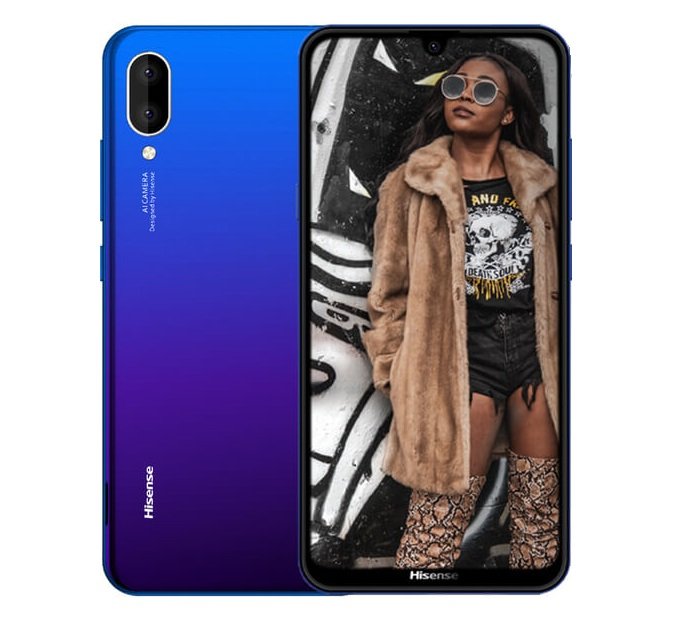
HiSense Infinity E30SE Highlights and Overview
HiSense Infinity E30SE is the newest smartphone from HiSense, launched in South Africa. The device is also the company’s first mobile phone of the year 2020. It comes in a 6.1-inch HD+ display, with 720 x 1520 pixels resolutions. The device is using 19.5:9 aspect ratio, and has a U-shaped notch above the screen, housing the selfie camera.
Specifications wise, the HiSense Infinity E30SE is powered by a 1.6GHz Octa-core Spreadtrum UniSoC SC9863A CPU, along with PowerVR GE8322 GPU. It has 1GB RAM and 16GB internal storage, expandable up to 64 GB via microSD card.
At the back, there is a dual rear camera sensors, a combination of 13 MP + 2 MP main camera, along with F/2.0 aperture, and a single LED flash. While a single 8-megapixel selfie sensor seats in the overhead notch. The device measures around 153.7 × 73.6 × 9.0 mm and weighs about 171 grams.
Other specifications of the phone includes dual SIM with 4G LTE nework, Bluetooth 4.1 and WiFi. The device is available in Blue/Purple gradient colours, powered by a 3000mAh battery, and run Android 9.0 Pie (Go edition) out of the box. Detailed specifications and silent features of the HiSense Infinity E30SE mobile phone are contained in the specs table below.
HiSense Infinity E30SE Full Specifications and Features
NETWORK
| Technology | GSM / HSPA / LTE |
| 2G Network Bands | GSM 850 / 900 / 1800 / 1900 - SIM 1 & SIM 2 |
| 3G Network Bands | HSDPA 850 / 900 / 1800 / 1900 / 2100 |
| 4G Network Bands | LTE band 2(1900), 4(1700/2100), 7(2600), 12(700), 17(700) |
| Speed | HSPA 42.2/5.76 Mbps, LTE Cat4 150/50 Mbps |
LAUNCH
| Also Known As |
- - |
BODY
| Dimensions | 153.7 × 73.6 × 9.0 mm |
| Weight | 171 grams |
| Build | Plastic |
| SIM Type | Dual SIM (Nano-SIM, dual stand-by) |
DISPLAY
| Display Type | IPS LCD capacitive touchscreen, 16M colors |
| Size | 6.1 inches, 68.9 cm2 (~81.2% screen-to-body ratio) |
| Resolution | 720 x 1520 pixels, 19.5:9 ratio (~282 ppi density) |
PLATFORM
| Operating System | Android 9.0 (Pie, Go Edition) |
| Chipset | Spreadtrum UniSoC SC9863A |
| CPU | Octa-core (4x1.6 GHz Cortex-A55 CPU and 4x1.2 GHz Cortex-A55) |
| GPU | PowerVR GE8322 |
MEMORY
| RAM + ROM | 1 GB |
| Card Slot | Yes, up to 128 GB via microSD card |
MAIN CAMERA
| Camera Type | Double Lenses |
| Camera Sensor(s) | 13 MP + 2 MP main camera |
| Camera Features |
Autofocus Continuous shooting Digital zoom Geotagging Panorama HDR Touch focus Face detection White balance settings Flash type - Single LED 5-element lens |
| Video Resolution | 1080p@30fps |
SELFIE CAMERA
| Camera Type | Single Lens |
| Camera Sensor(s) | 8-megapixel |
| Camera Features |
Face Unlock Face Beauty |
| Video Resolution | 720p |
SOUND
| Loudspeaker | Yes |
| Speaker Location | Chin, below the display |
| Audio Jack Type | Yes, 3.5mm audio jack |
CONNECTIVITY
| Bluetooth | Bluetooth 4.1 |
| NFC | |
| GPS | Yes |
| FM Radio | Yes |
BATTERY
| Battery Capacity | Removable Li-Ion 3000 mAh battery |
| Wireless Charging | No |
| Talk Time Talk Time is the longest time that a single battery charge will last when you are constantly talking on the phone under perfect conditions, Ambient temperature and highly dependent on the cellular network environment such as the distance to the closest cell network tower. | Up to 23 hours |
| Stand-by | Up to 360 hours |
OTHER FEATURES
| Sensors | Fingerprint (side-mounted), accelerometer, proximity, compass |
| Box Contents | Charging Brick / USB cable |
HiSense Infinity E30SE User Reviews and Opinions
Comments 1
Leave a Reply
Disclaimer Note
This specification was entered manually, hence we CANNOT guarantee 100% accuracy. Any error? Let us know in the comment section.







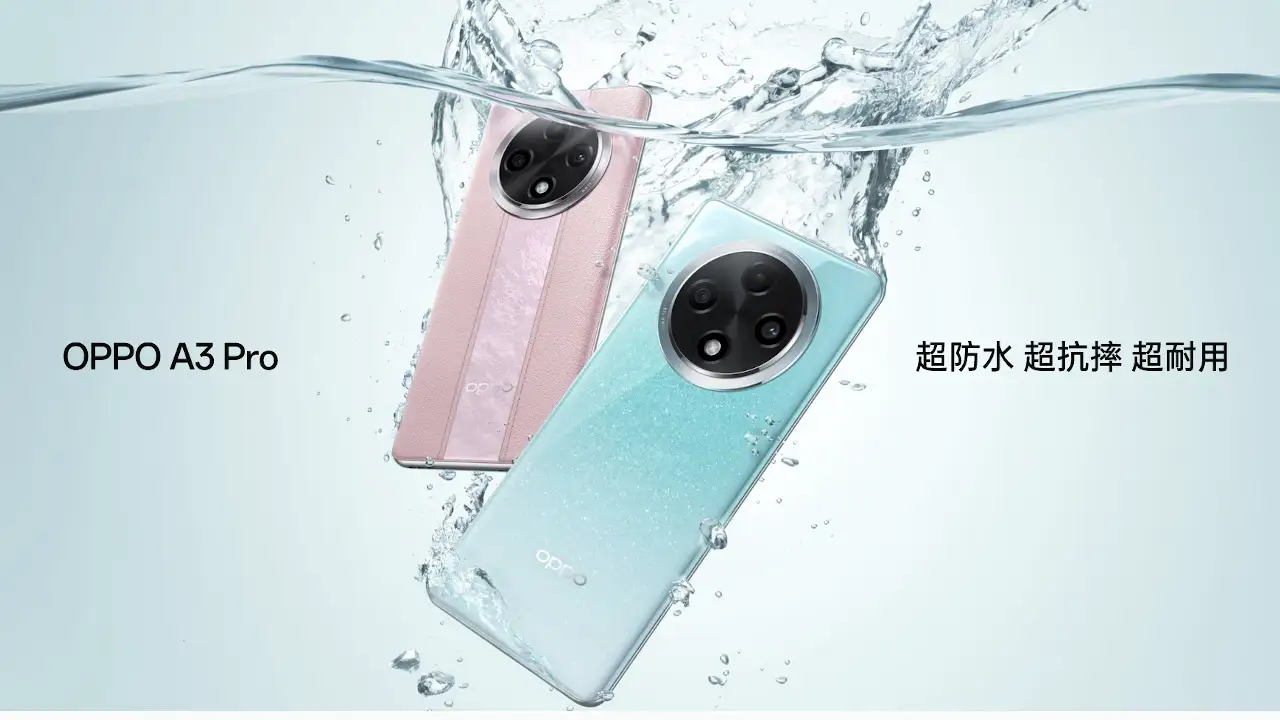

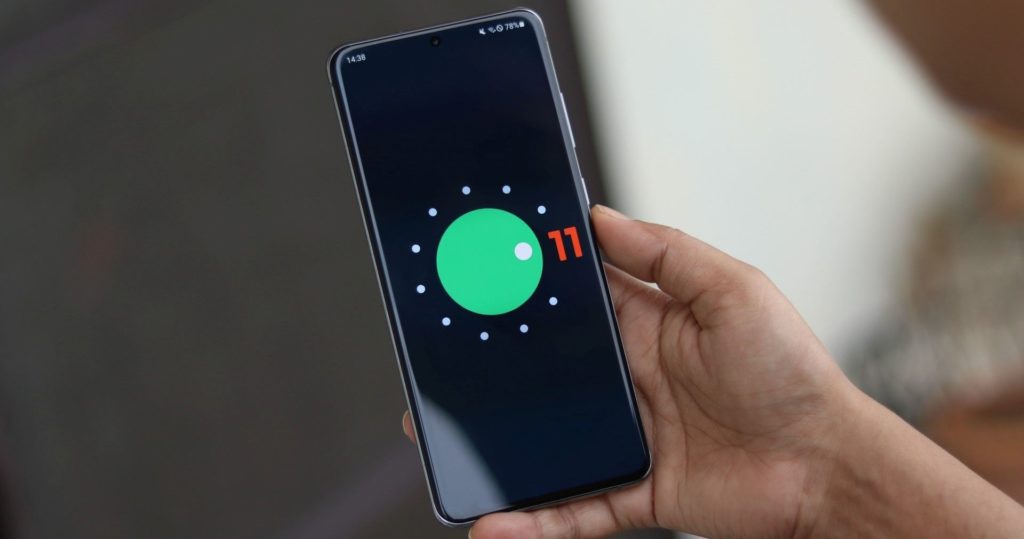
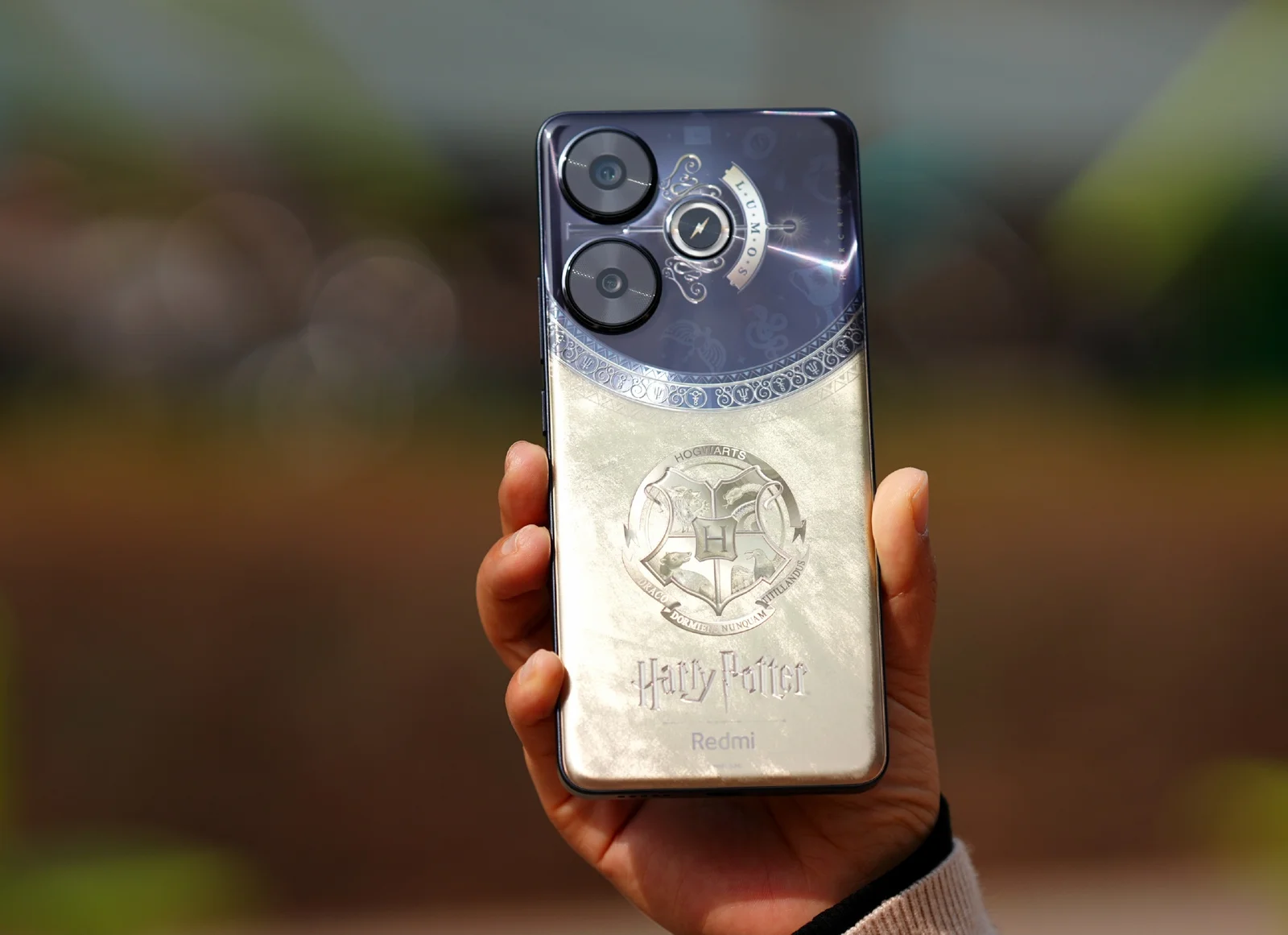
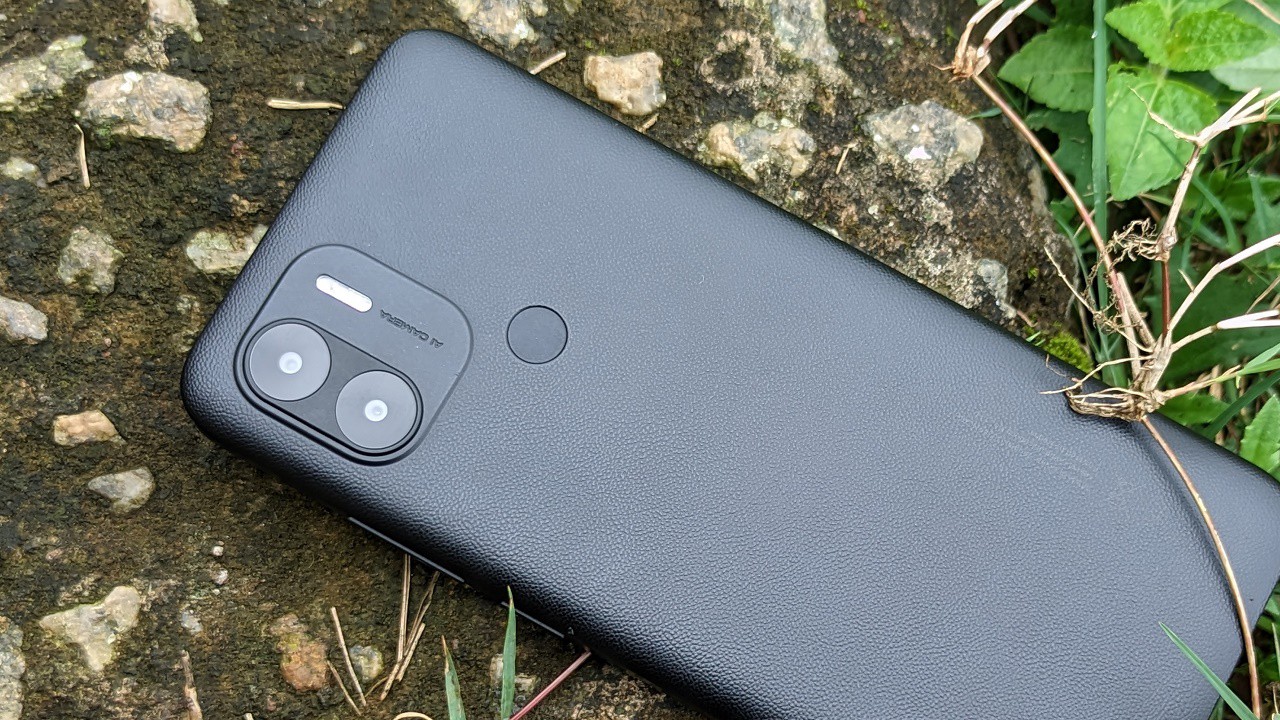
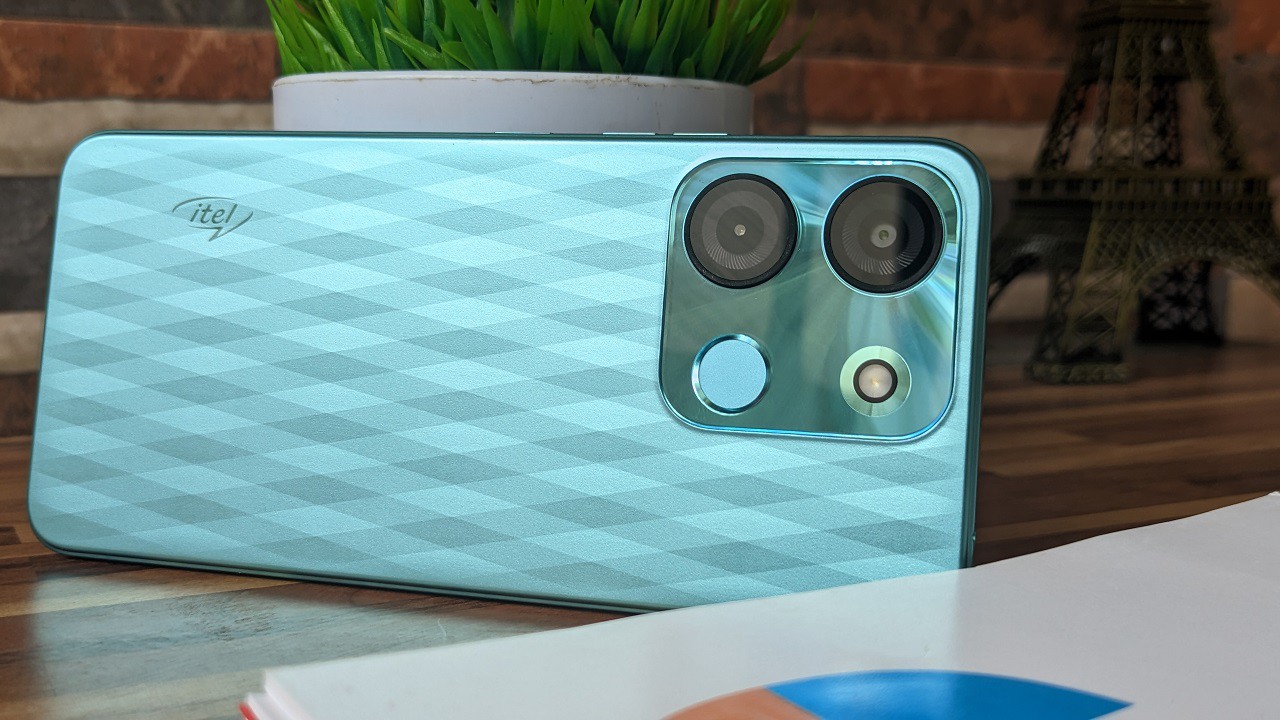
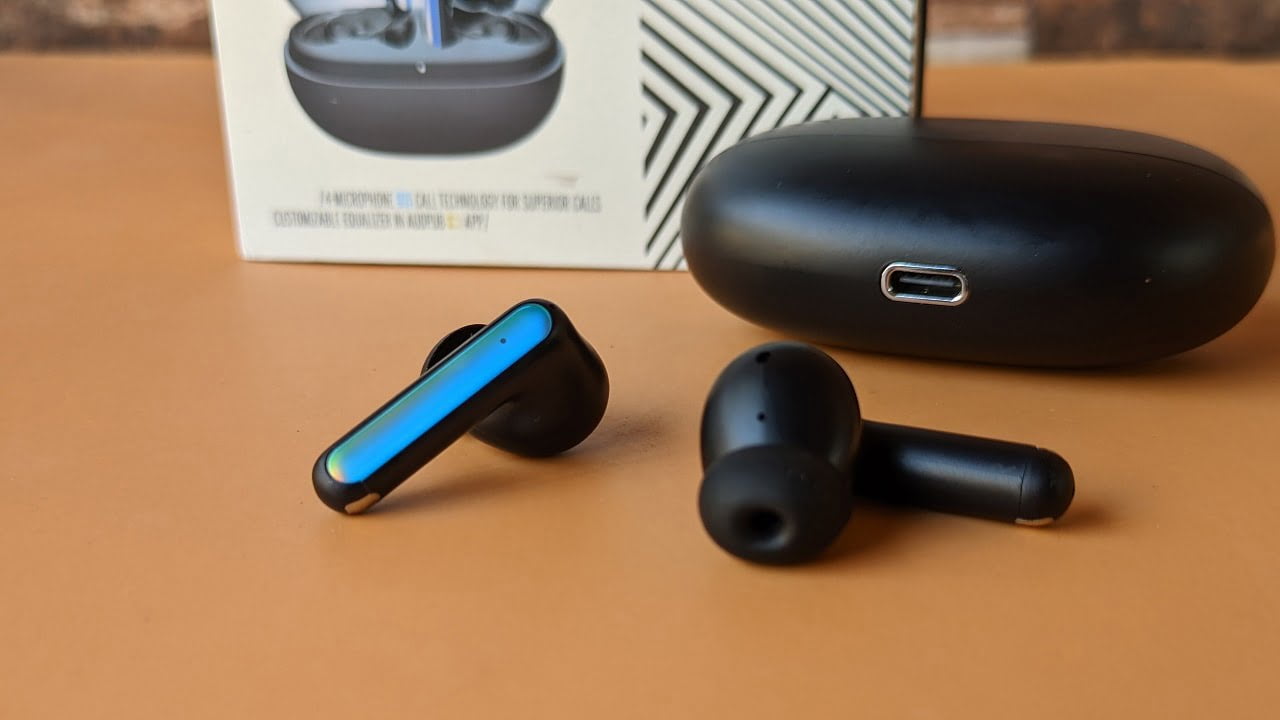
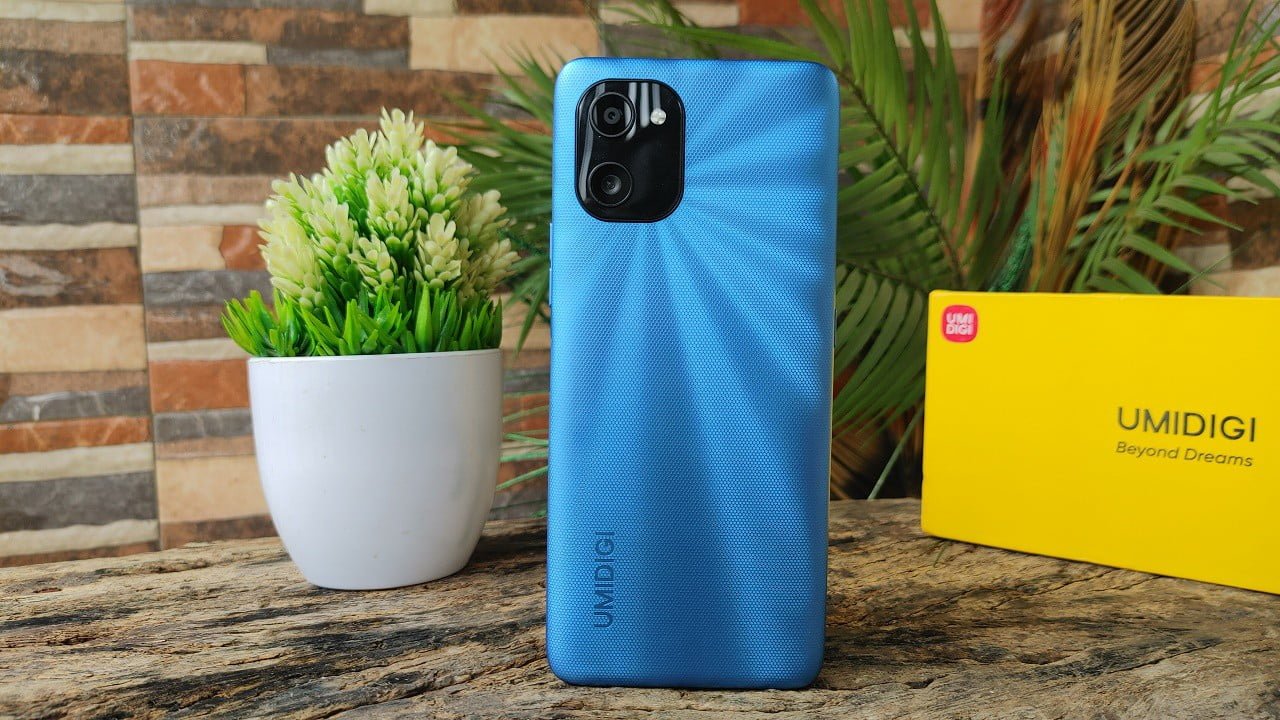
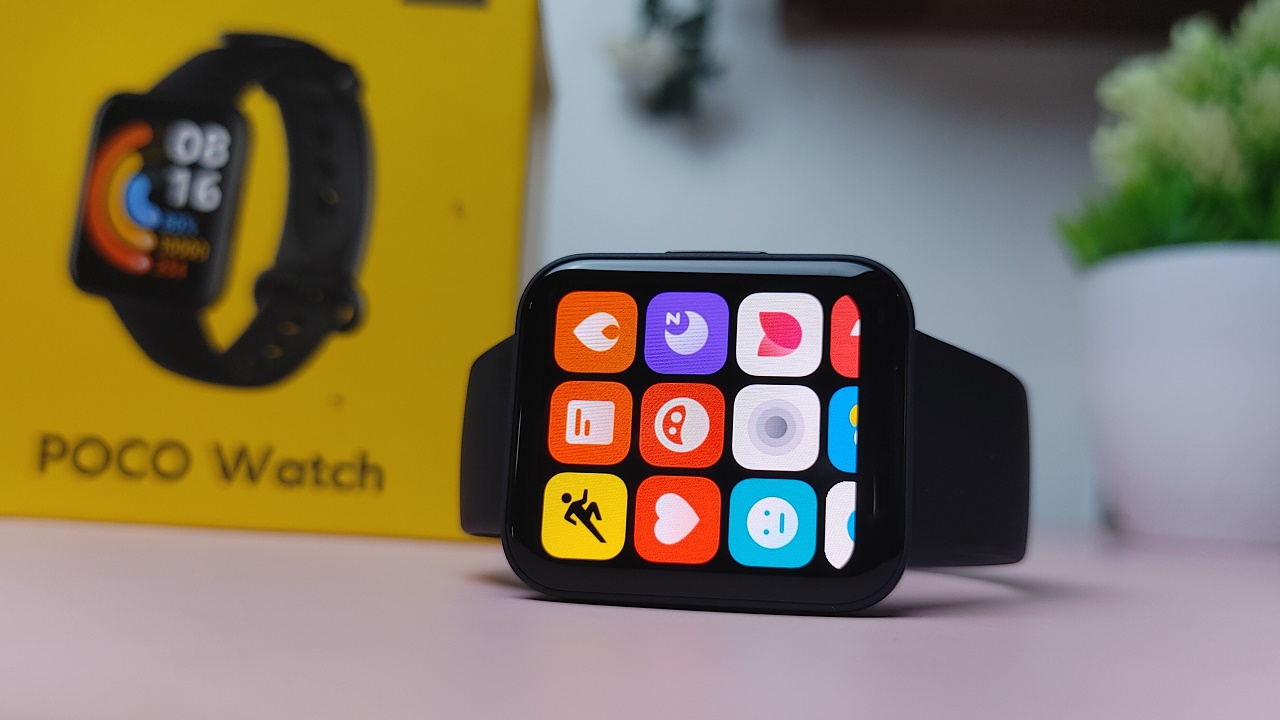
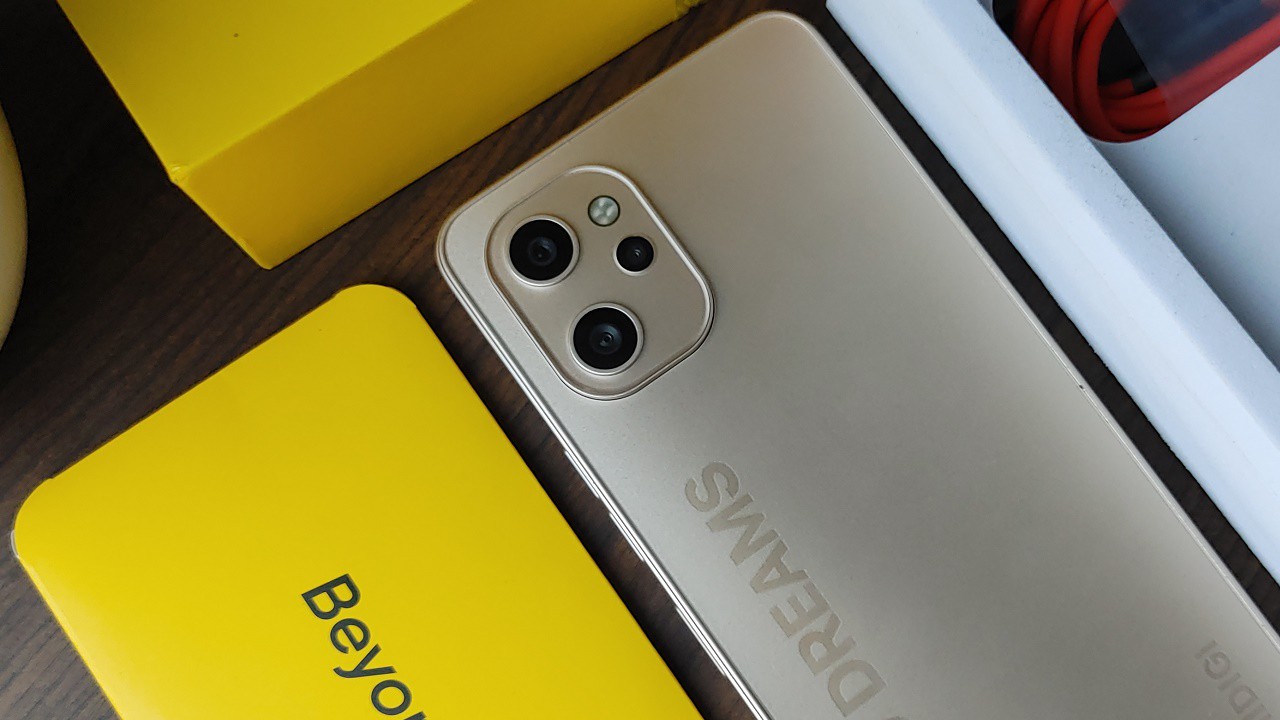
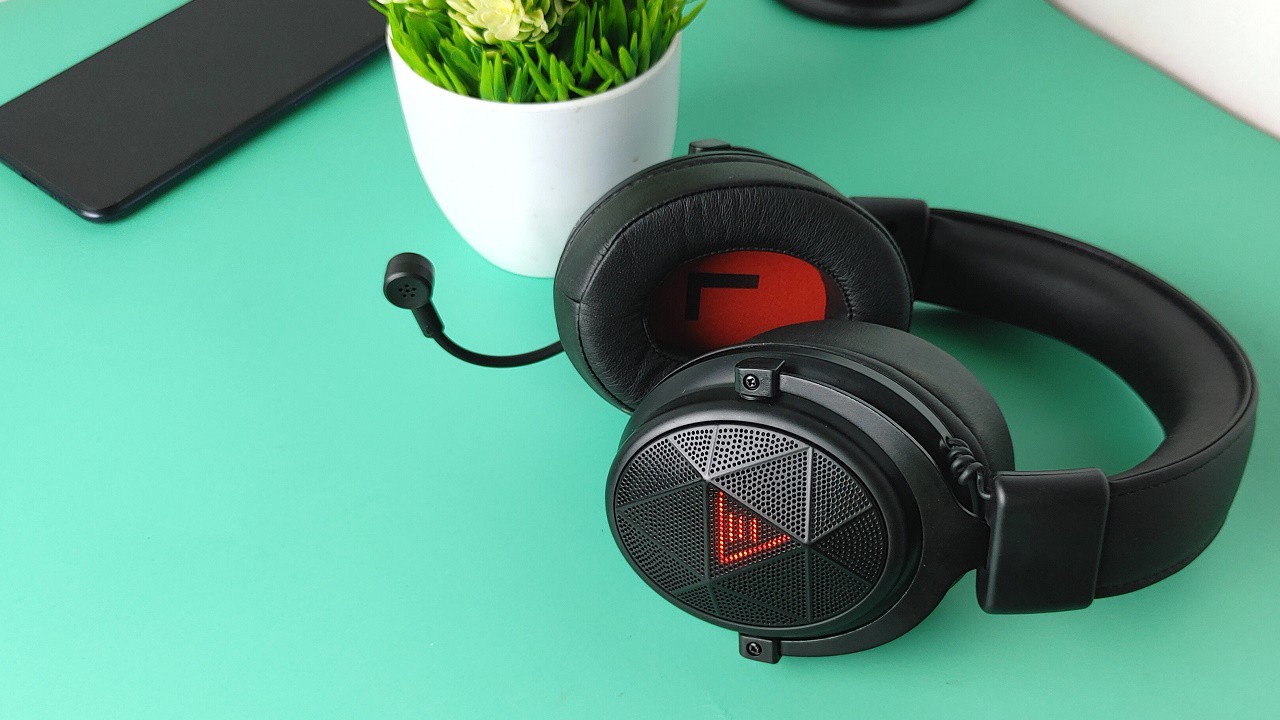
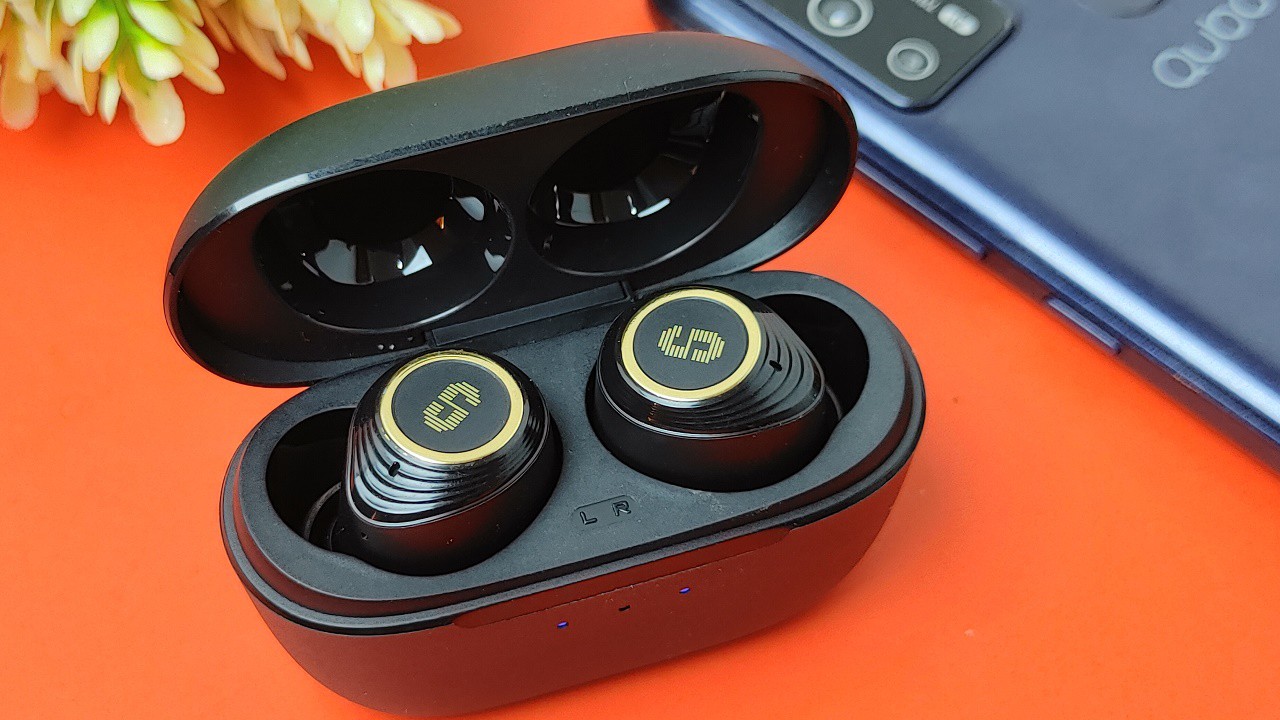
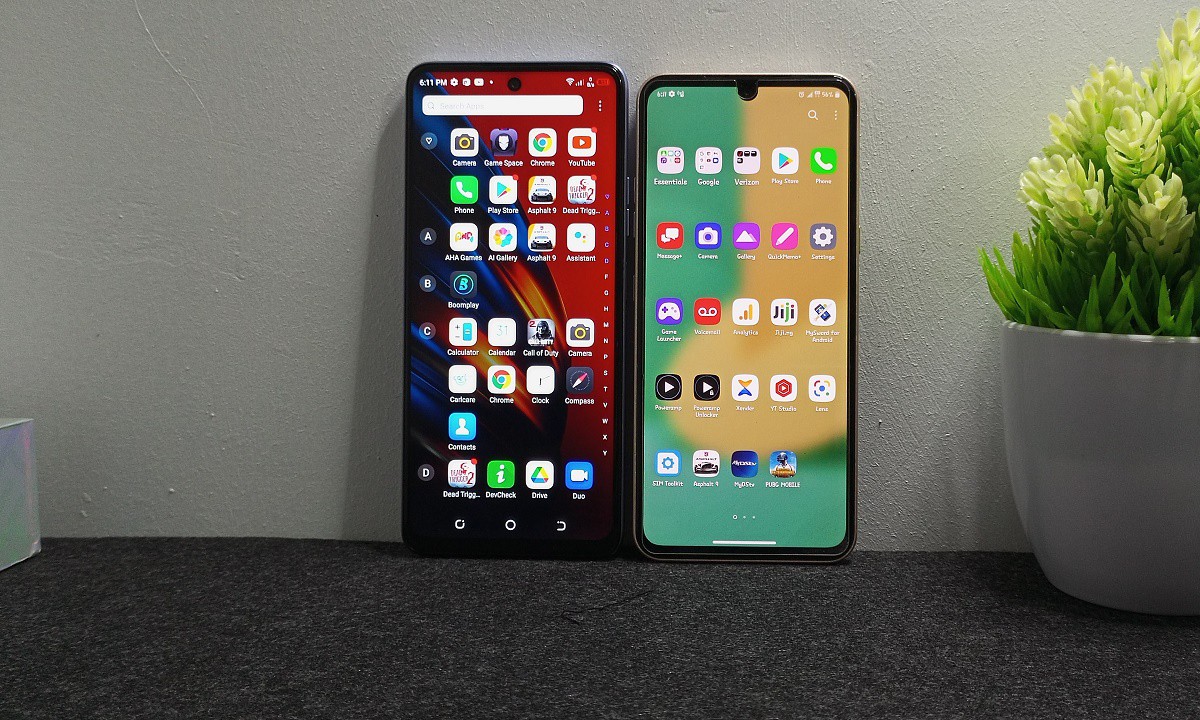

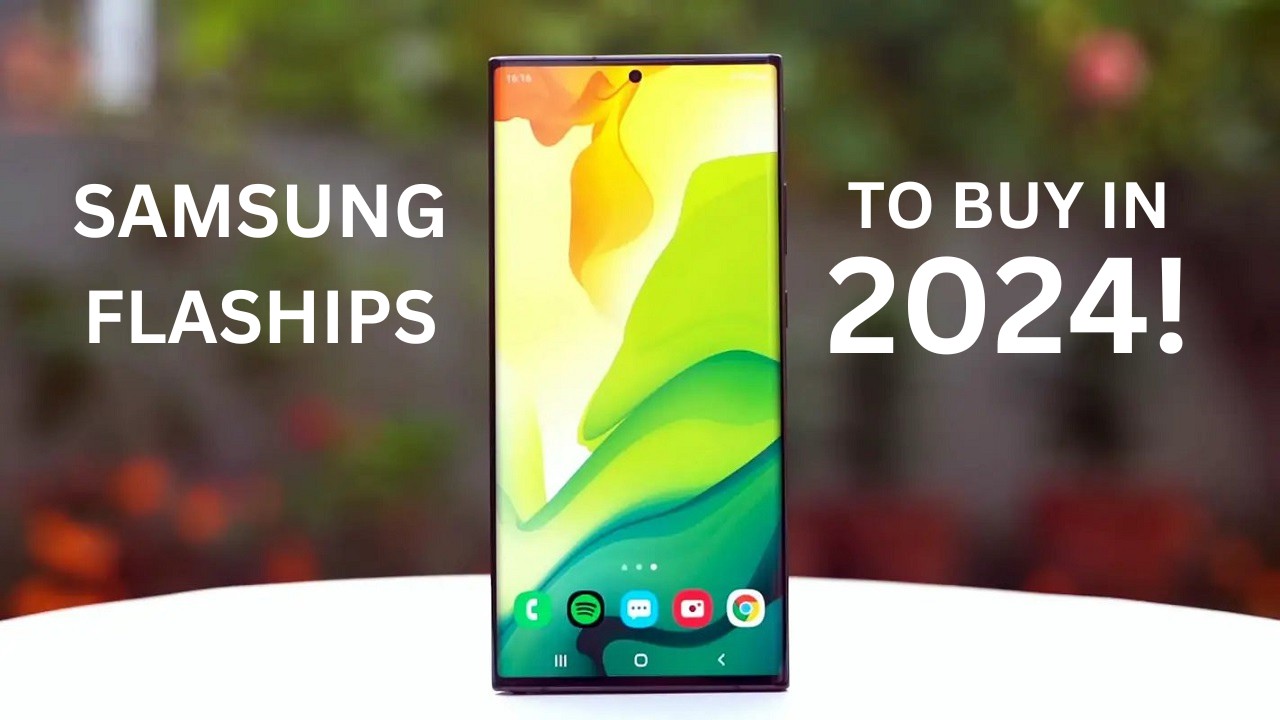
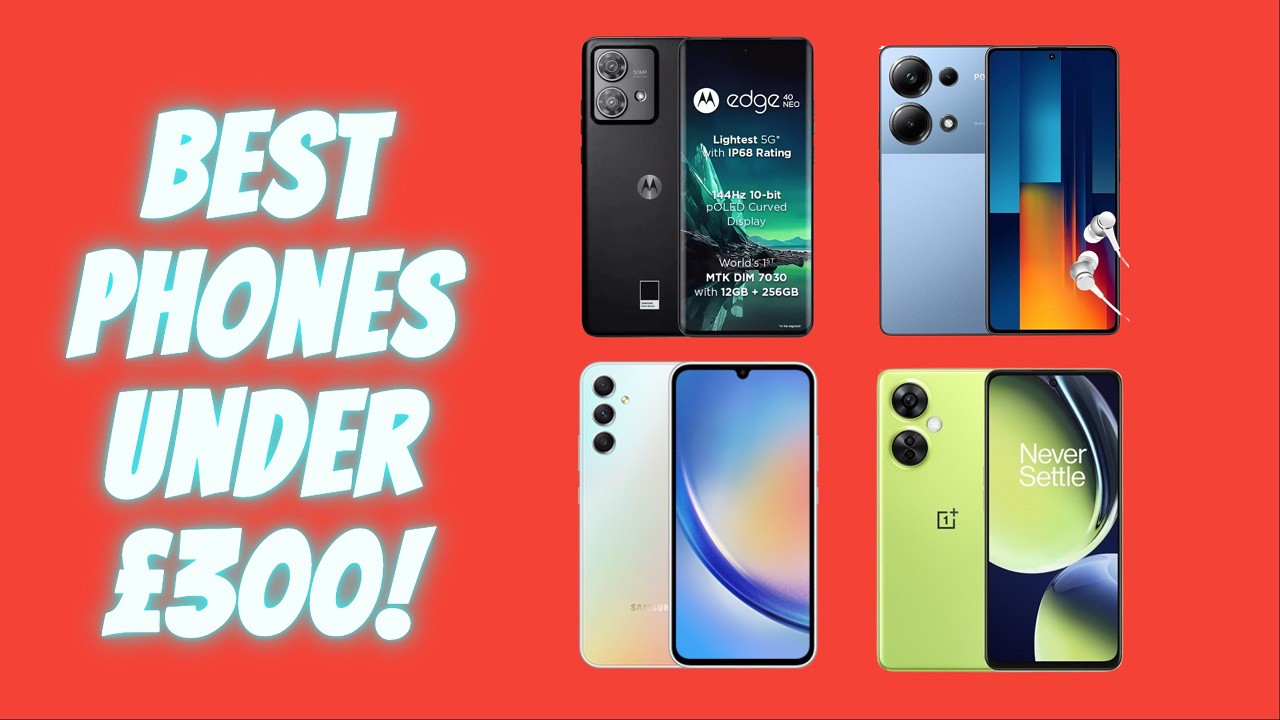

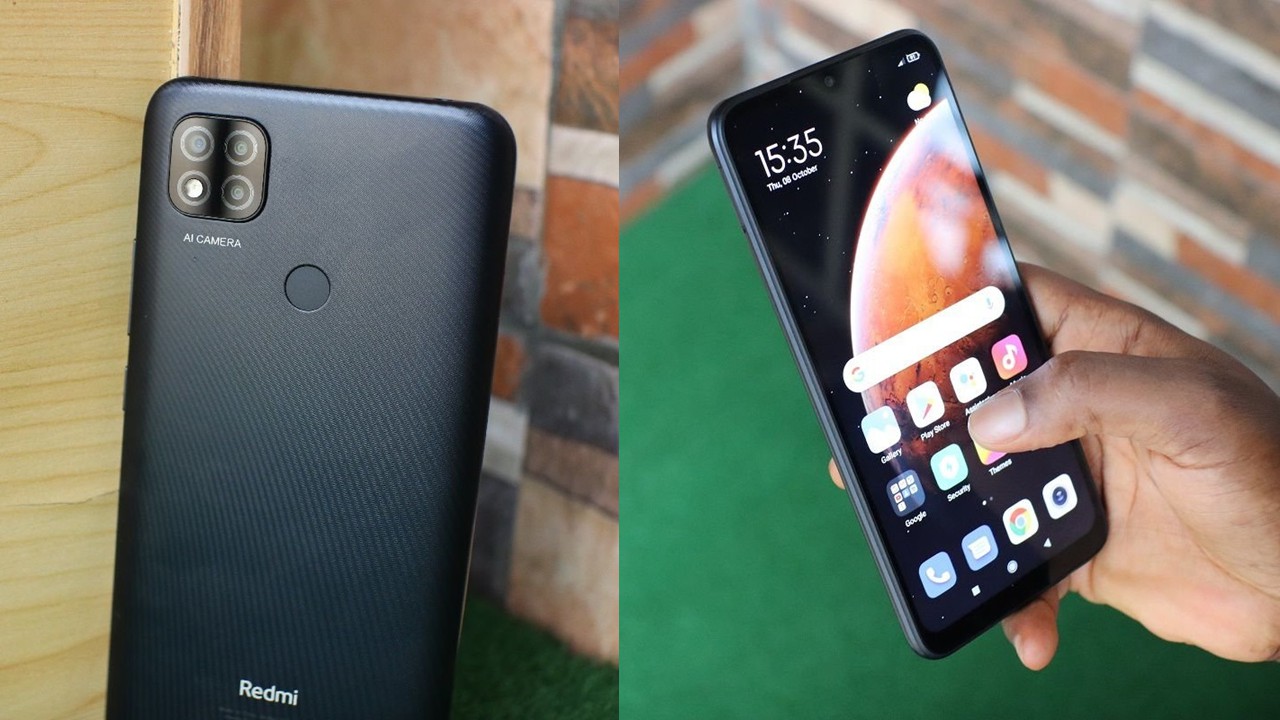
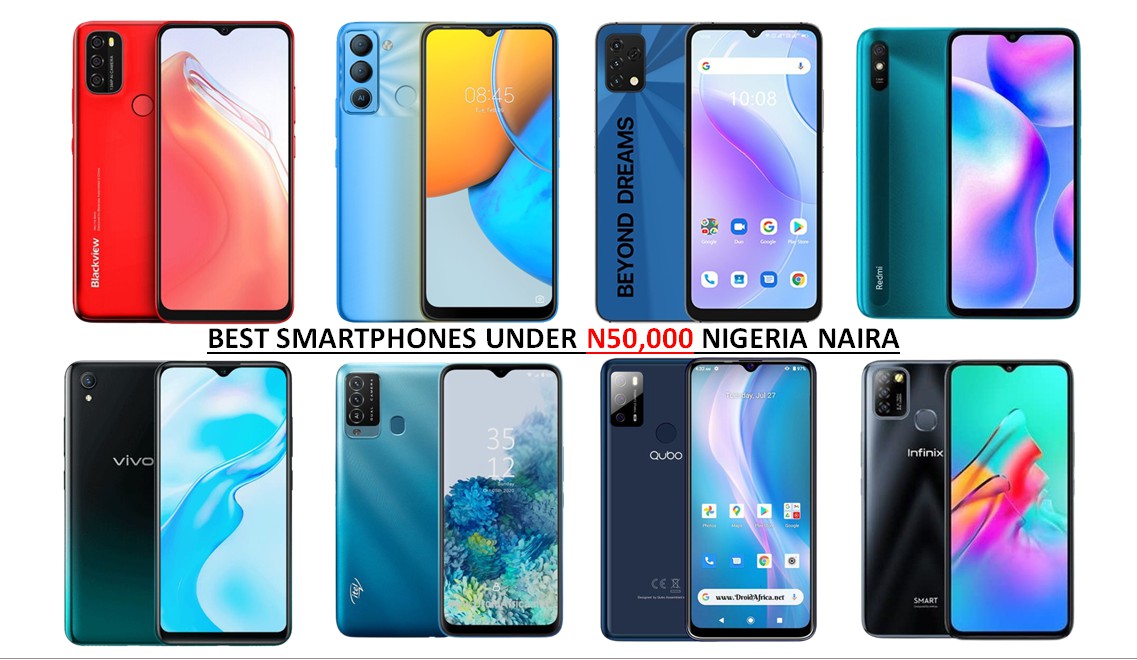
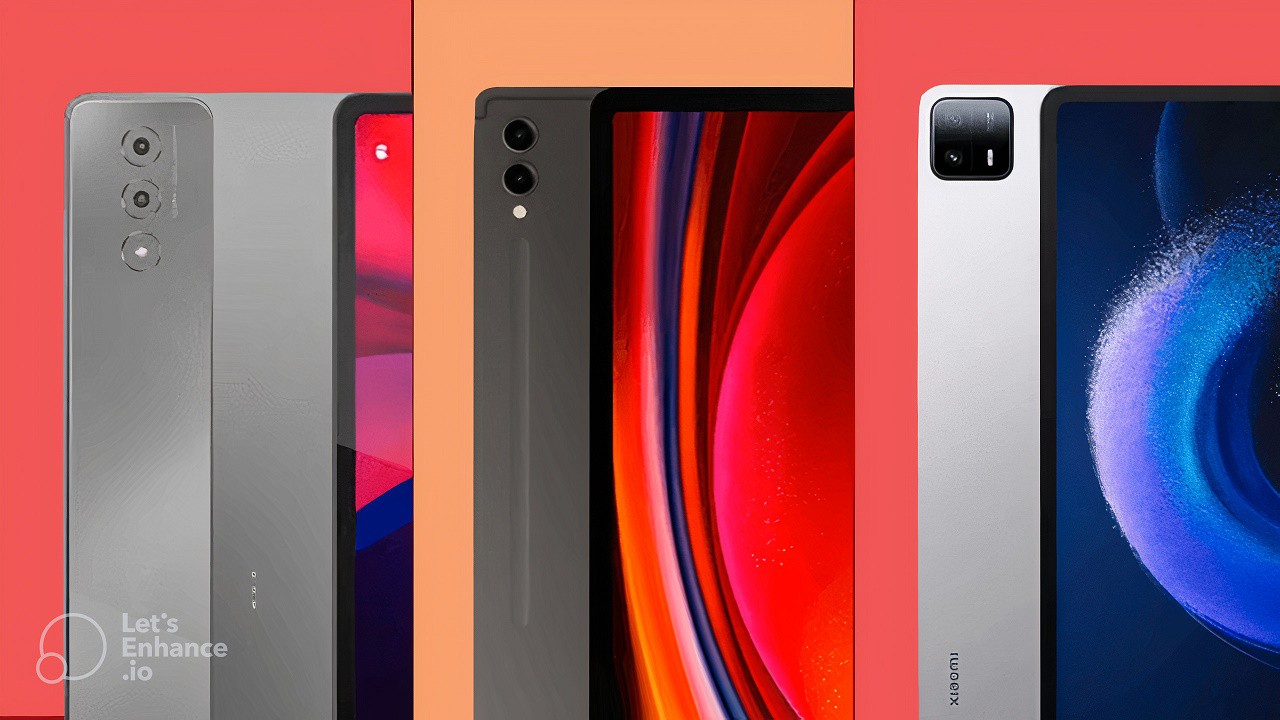
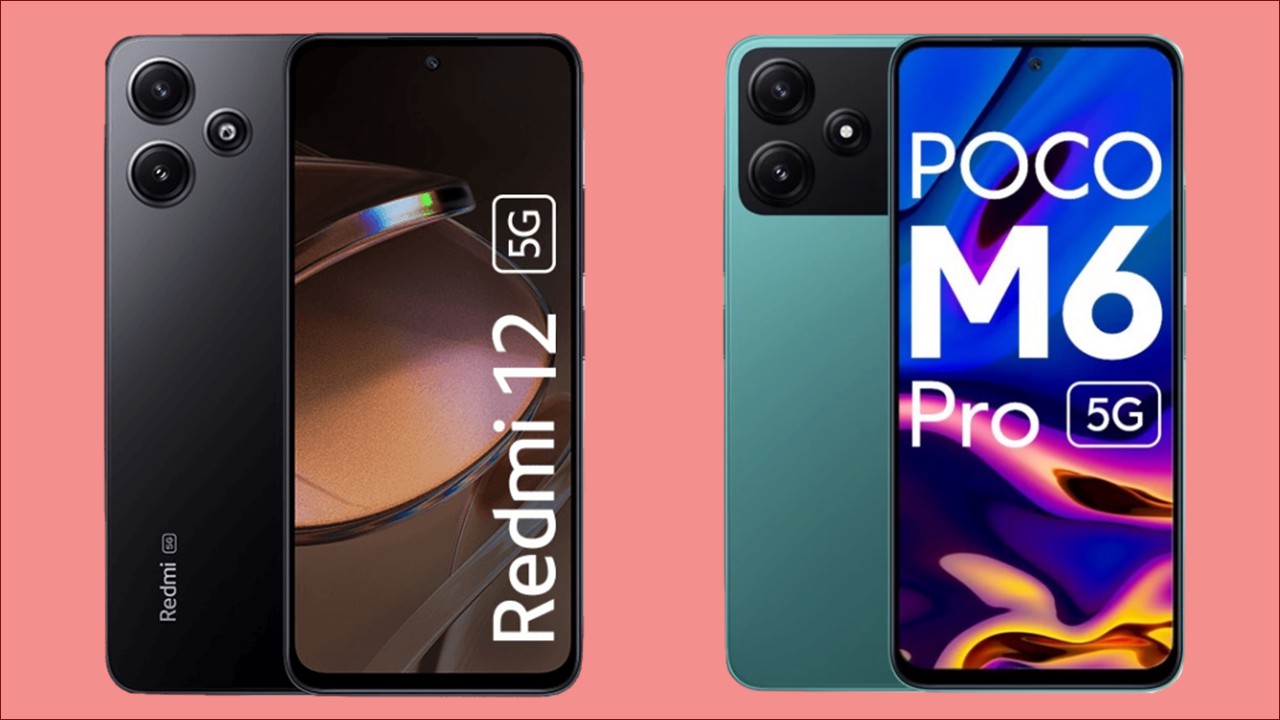
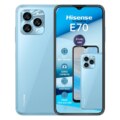

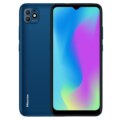
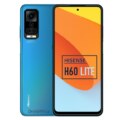
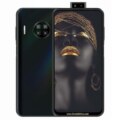
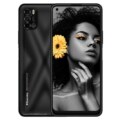
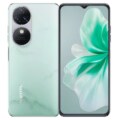
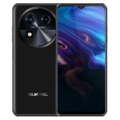
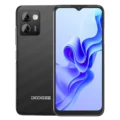

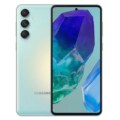
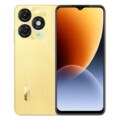

I’m using E30SE now it switches it self off after falling down n I fixed it was a screen now after using it when I put it a bag or pocket the time I check time or something it’s off I’ll light it then in an hour not pressing it will be off,what may be the problem?